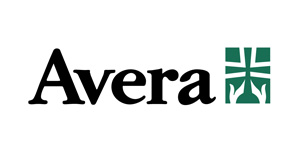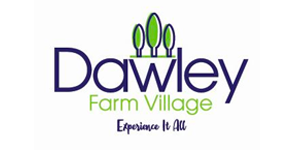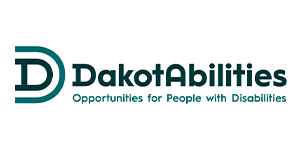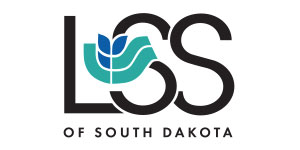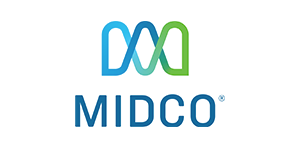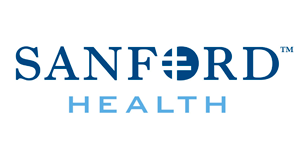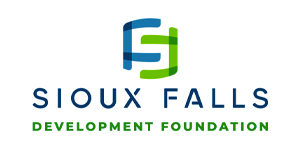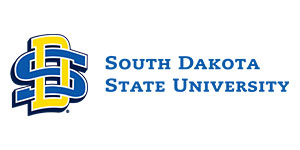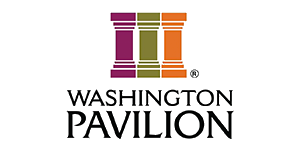Changing approach to Sioux Falls after-school care hinges on partnerships
When it comes to caring for kids after school, the Sioux Falls community has multiple gaps.
In some cases, there are more kids who want to attend the district’s program, Kids Inc., than there are spots available for them.
In other cases, space or not, families don’t have the financial ability to cover the cost of care.
For nonprofits providing after-school care, issues of staffing and overhead abound. Maintaining facilities, providing transportation to them and remaining competitive with pay can be unsustainable.
Rebecca Wimmer has witnessed the complicated web that is after-school care from multiple perspectives. The former CEO of the Boys & Girls Club of the Sioux Empire served in the role for seven years and is now entering her first full school year as coordinate of community partnerships and after-school programs for the Sioux Falls School District.
“What we know, obviously, from a lot of studies that have been done as well as anecdotally is there are a lot of kids in our community having difficulty accessing after-school care,” Wimmer said.

“The other thing we know, and particularly myself coming from a nonprofit background, is we have a lot of community agencies doing amazing work with youth, but everything is very segmented or siloed. You’ve got agencies doing great stuff with kids, but they’re trying to do that in their own capacity.”
A pilot program started this school year in four elementary schools will begin to look at how care could be provided with nonprofits and the school district working more closely together.

Thanks to a $1.2 million federal 21st Century grant awarded to the school district, students at four Title I schools now have increased access to after-school care and programming: the Elementary Immersion Center at Jane Adams, Anne Sullivan Elementary, Garfield Elementary and Laura B. Anderson Elementary.
The students who enroll will be part of Kids Inc. but receive scholarships and enhancement in areas such as tutoring.
“The after-school program has to provide very robust programming as far as STEM and literacy woven in, and our Kids Inc. program does that already, and this grant allows us to add a tutoring piece specifically for kids who may be struggling in academics,” Wimmer said.
Already, there have been more than 105 students who received scholarships for care, and “most of the kids we’re enrolling did not have a place to go after school,” she said. “We’re getting students that were going home by themselves or maybe with an older sibling, so these definitely are students who didn’t have the ability to have an after-school program.”
The grant does not allow the district to increase pay, however. And supporting the programming requires more staff, which is where collaboration and creativity are coming into play.

The district is offering hours to educational assistants and behavior facilitators who weren’t already working their maximum of 40. And nonprofit partnerships are beginning to help close some of the gap.
Volunteers of America, Dakotas, which discontinued its on-site after-school care for this school year, now is supporting students at the Elementary Immersion Center and Garfield, Hawthorne and Terry Redlin elementary schools.
“For a long time, we were having conversations about how much of our after-school budgets are invested in transportation. When you run a center-based model, you need to go to the schools and pick up the kids and bring them to your center, and that gets expensive in staff time, maintaining the vehicles and having to maintain your own facilities,” said Sarah Hanson, VOA’s managing director of children, youth and families.
At the same time, the district had buildings designed to serve kids that had capacity after 3 p.m. By using its resources, VOA has been able to support more than 60 students across four schools so far this school year.
“We started with a really strong staff, and a lot of staff have been there a long time,” Hanson said. “Change is big and hard and scary, but I’ve been really impressed the majority of our staff decided this was a change they believed in.”
The shift ultimately expands the nonprofit’s capacity to serve kids by reducing its overhead.

“I would definitely anticipate that as we get closer to the end of the semester and school year, we’ll be at or exceeding the levels we were at the same time last year,” Hanson said. “And we still have staff and vans for kids at those schools who are enrolled and don’t have someone who can pick them up because maybe they work until 6:30 p.m. and can’t get to the program or have access to reliable transportation, so we do still have kids we’re transporting home at the end of the day.”
By partnering with nonprofits in school buildings, opportunities also open for shared staffing. For instance, a teacher who already has worked his or her maximum 40 hours for the district can become an hourly employee of a nonprofit partner.
“A lot of our teachers work second jobs, so this would be an opportunity to continue to work with students and bring in additional income in a different capacity,” Wimmer said.
Middle school model
After-school care for middle school students is another need beginning to be addressed through nonprofit partnerships.
During Wimmer’s time at the Boys & Girls Clubs, the nonprofit expanded after-school services into George McGovern Middle School and Whittier Middle School.
George McGovern has had some kind of after-school care since it opened eight years ago, put together through partnerships and grants staffed by the YMCA and the Boys & Girls Clubs.
“Big picture, it’s gone really well,” said Richie Hutchinson, assistant principal at George McGovern.

The relationships with nonprofits have led to other connections with community partners, including GreatLIFE Golf & Fitness and to special after-school clubs for the students covering everything from cooking and gardening to gaming, along with a tutoring program.
“When I first thought of tutoring, I didn’t know if kids would come,” Hutchinson said. “And we’ve seen it be very well attended with a lot of relationship-building. It’s become a stable place where kids can get some help and build adult relationships.”

Sixth grade language arts intervention teacher Megan Kittisopikul has formed many of those relationships. She helps staff the after-school tutoring program, which became an ideal fit as a supplemental job.
“I think a lot of teachers at my school work a lot of other jobs and other activities, paid or otherwise,” she said. “I used to tutor elementary kids — I love working with elementary and middle school –but when the opportunity came up, I would much rather stay at my school where I get to work with the students I already work with or my colleagues’ students and not have to commute somewhere else.”
The program allows for the one-on-one time that isn’t always an option during the school day, and even an extra 30 minutes after school can improve grades, Kittisopikul said.
“I think a lot of people would do it for free, but we get to make money through it, and some of us use that to supplement our classrooms or provide extra books for kids, so it’s convenient because we get to stay where we are, but it benefits us in so many other ways because we see that impact come back into the classroom.”
Numbers vary, but at least a couple of dozen kids pass through the program Monday through Thursday.

“Teachers love it when they can do the extra work and benefit students,” Hutchinson said. “That’s what they’re in the business for. To me, it’s a real benefit when we can meet both needs: the students’ and also meet the needs of our educators.”
Through the Boys & Girls Clubs partnership, George McGovern also became the district’s first middle school to offer cheer and dance, which now is an official school activity.

“The Boys & Girls Clubs has allowed teachers to go after some things they’re passionate about and allowed us to be more entrepreneurial in what we’re doing,” Hutchinson said. “Our teachers are incredibly brave and courageous in pioneering new things.”
The students also have discovered the after-school programs are a safe space to work and get help, Kittisopikul added. “They have a lot going on. They want to be seen and heard and know people care about them. It takes time, and there are walls to break down, but they all want it, and we can see that things start happening, and as a building, we’ve gotten closer and closer to that every year.”
Further need
The hope is that by this time next year, as many elementary students in the Sioux Falls School District as possible who are looking for after-school care will be able to receive it in their own school – and eventually before school and during the summer too – in partnership with area nonprofits.
A collaborative of nonprofits is working with the district and others in the community about how it could take shape, drawing on the experiences of these pilot sites.

“We’re hoping we can make the shift in all our elementaries by next fall. That’s the goal of the community group,” Wimmer said. “What that looks like is the piece we’re putting together now … we’re looking at different models across the country. It’s something that has been run successfully in a number of cities and states, so we’re trying to pull those best practices and develop something that works for Sioux Falls.”
That, too, could vary by school and neighborhood.
VOA’s Hanson said the majority of families her team serves within the schools are working at places such as Smithfield and the health systems – “those employers that really rely on critical staff to work beyond 8 a.m. to 5 p.m., so that is a really critical piece to some of the biggest employers,” she said.
“Part of the conversation that the collaborative is having as we’re building this is that we’re doing it in a way that truly meets the needs that are out there.”

There are other gaps too. The model could extend further into middle schools and offer unique programming after school in high school, such as career readiness.
“I have high hopes we can get there,” Wimmer said. “We have all the elements for this to be extremely successful when you look at what’s happening with our community-based partners. It’s going to be phenomenal. Our biggest concern is do we have the staff to support the size of this because it could be significant as far as numbers of kids we would take, but we have to have the staff and structure to support that.”
Share This Story
Most Recent
Videos
Want to stay connected to where you live with more stories like this?
Adopt a free virtual “pigeon” to deliver news that will matter to you.











